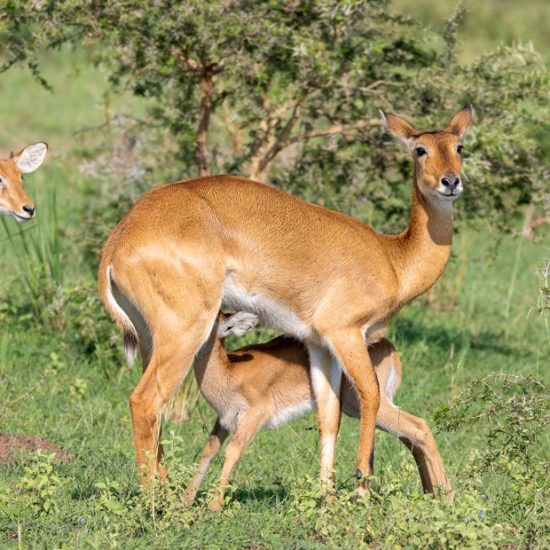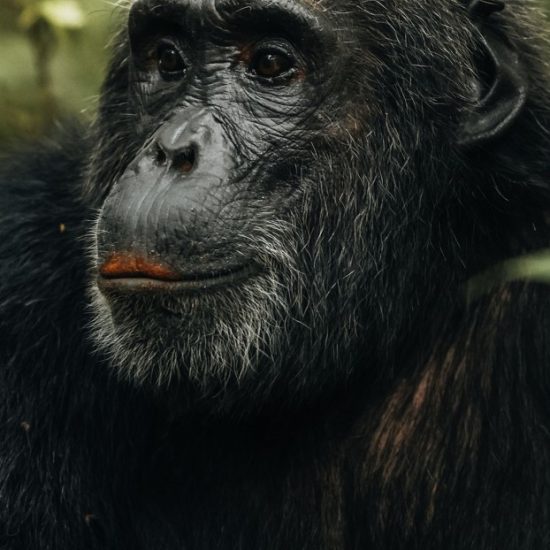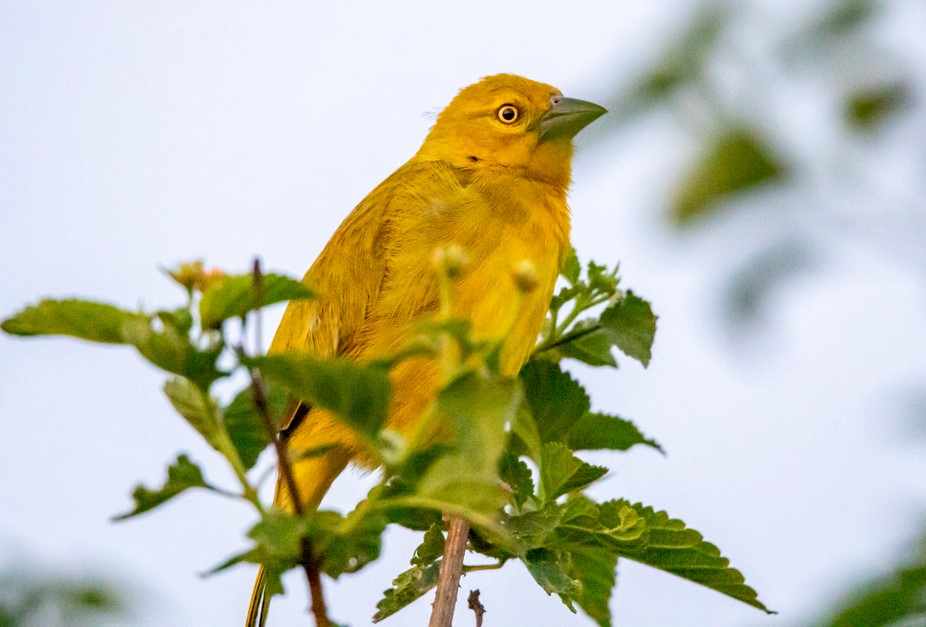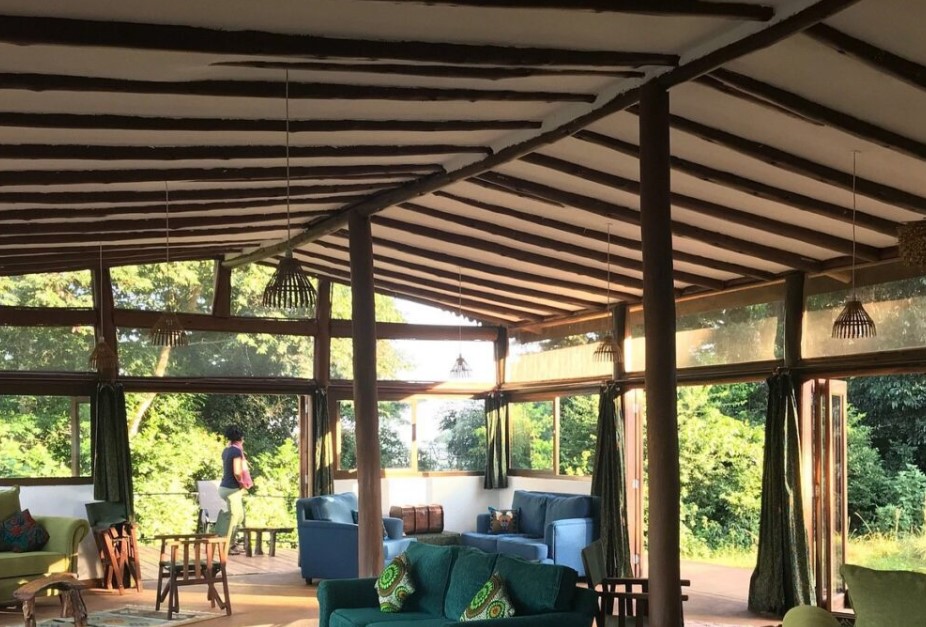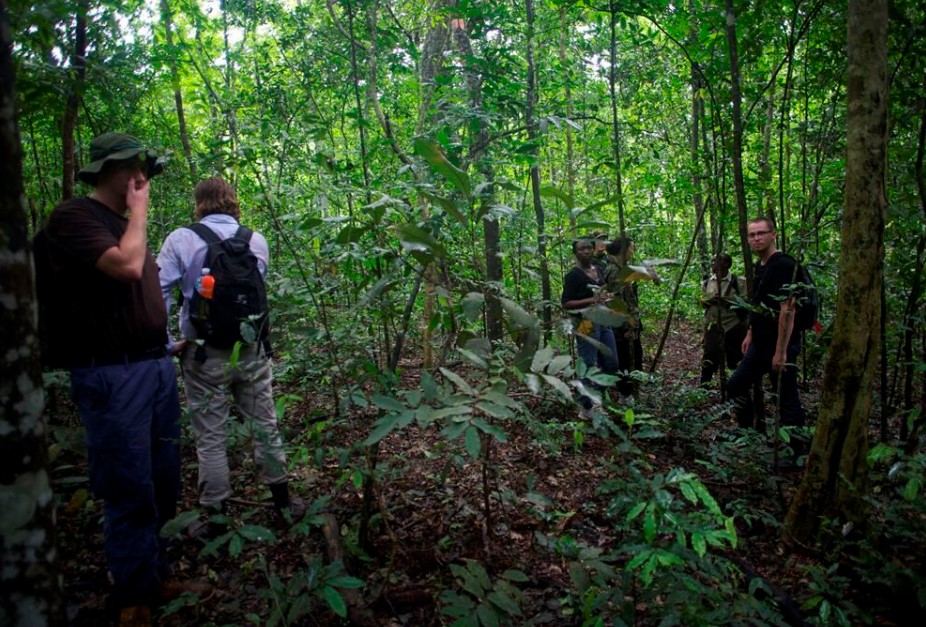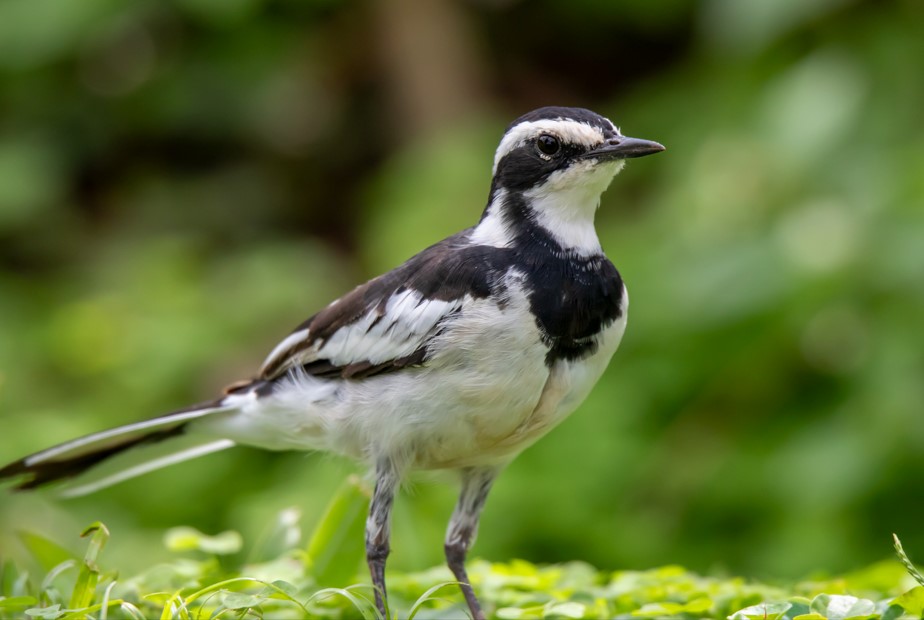
Birdwatching in Uganda
Uganda is a top birdwatching destination that boasts a diverse bird list of over 1063 bird species recorded in the country, contributing 50% of Africa’s bird species and about 11% of the world’s bird species. To birdwatchers, Uganda is the most adorable destination due to its unique bird species, ecosystems, and easy access to a wide range of birding habitats. Due to its strategic location, it stands out with one or two unique species that are endemic to the country: The Fox’s Weaver (in the eastern part of the country), and the Stuhlmann’s Double-collarred Sunbird (an Albertine Rift endemic whose range as of now is restricted to areas around the slopes of the Rwenzori Mountains. The elusive Shoebill is arguably a true wonder of nature and truly the rarest bird in the country.
Birding enthusiasts planning to visit Uganda for birdwatching activities shouldn’t miss Entebbe areas for water and forest birds, Queen Elizabeth National Park (over 600 species), Lake Mburo National Park (over 350 bird species), Kidepo Valley National Park (over 476 species), Bwindi Impenetrable National Park (346 bird species), Murchison Falls National Park (451 bird species), and many others. Murchison Falls National Park stands out as the best destination in East Africa to see Shoebills, along the marshes of the Albert Nile Delta.
However, considering East Africa as a whole, 150 bird species are found only in Uganda, such as some honey guides, grey crowned crane, hornbills, warblers, bush shrikes, bulbuls, and many others. Most of these birds are rarely seen in other destinations because they are West African and Congolese forest birds, and in a few countries where they seem to be poorly developed in tourism. Therefore, the country’s tropical rainforests of western Uganda are considered the country’s top birding habitats.
Uganda’s most attractive forest destination with locally common bird species is Semliki Forest Reserve, followed by Budongo Forest, Kibale Forest, and Bwindi Impenetrable National Park. However, take note that Kibale Forest is the best single stop for forest birds in Uganda.
Since most forest birds in Uganda are very secretive, it makes it difficult for birders to have a peek at them in the foliage. In just a few minutes, you can identify more bird species at the Backpackers hostel in Kampala than you would see in Semliki Forest, especially during an afternoon walk through the forest. This means that first-time visitors to Africa’s birdwatching destinations might succeed in concentrating on locations other than forests unless otherwise.
Uganda’s top birding destinations
Kidepo Valley National Park
Kidepo Valley National Park is one of the top leading destinations in Africa, with the true African wilderness, iconic wildlife species, natural beauty, panoramic savanna plains, rich culture with over 476 bird species, making it one of the premier birdwatching paradises in the country. This national park is located in the Karamoja region, with various bird species, dominated by birds of prey (raptors). Some of these bird species include: Pygmy Falcon, Clapperton’s Spurfowl, Sperb Starling, Abyssinian Ground Hornbill, White-bellied Go Away Bird, Karamoja Apalis, Black-breasted Barbet, Dark Chanting Goshawk, Jackson’s Hornbill, Abyssinian Scimitarbill, Common Ostrich, Common Rose-ringed Parakeet, and others.
Lake Mburo National Park
Lake Mburo National Park is a top Birdwatching destination in Uganda dominated by acacia and water-related birds, and these include Emerald-Spotted Wood Dove, African wattled Lapwing, Bare-faced go-away-bird, Long-tailed Cisiticola, Black-headed Gonolek, Blue-headed Coucal, papyrus Gonolek, Malachite Kingfisher, Pied Kingfisher, Black-bellied Bastard, Red-faced Barbet, Papyrus Yellow Warbler, Blue-breasted Kingfisher, Yellow-rumped Tinkerbird, Tabora Cisticola, among others.
Murchison Falls National Park
It is a top birdwatching destination in Uganda that is famous for both savanna and forest bird species. The park has several unique habitats that are rich in wildlife species, including mammals such as members of the Big Five (lion, leopard, elephant, buffalo) and others, with over 451 bird species. These species are commonly found in Budongo Forest in the two famous locations of Royal Mile and Kaniyo Pabidi, such as Hooded Vulture, African Dusky Flycatcher, White-thighed Hornbill, Puvel’s Illadopsis, Blue-breasted Kingfisher, Yellow-footed Flycatcher, African Dwarf Kingfisher, Black Bee-eater, Nahan’s Partridge, Chocolate-backed Kingfisher, Black and White Casqued Hornbill, and others, such as the Abyssinian Ground Hornbill in the northern sector of the park.
Semliki Forest Reserve
Semliki Forest reserve is among the leading destinations in Africa with over 435 bird species, known for its localised species and unique, extraordinary collection of mainly Central African birds (Congo-Guinea specials), making it a birding paradise for bird lovers. Bird species to see include Yellow-footed Flycatcher, Yellow-throated Cuckoo, Nkulengu Rail, Black -casqued Hornbill, Palm-nut Vulture, Congo Pied Hornbill, Western Bronze-naped Pigeon, Spot-breasted Ibis, Blue-breasted Kingfisher, Long-tailed Hawk, Piping Hornbill, Chestnut Owlet, Gabon Woodpecker, Lowland Akalat, and others.
Kibale National Park
With over 372 bird species, Kibale Forest National Park is one of the leading birdwatching destinations in Uganda, with a collection of predominantly forest birds in Uganda, including 6 that are endemic to the Albertine Rift, including Collared Apalis, Dusky Crimsonwing, Black-capped Apalis, Red-faced Woodland Warbler, and the Purple-breasted Sunbird. Other special birds include the Green-breasted Pitta, Great Blue Turaco, African Pitta, Blue-breasted Kingfisher, Black Bee-eater, Yellow-rumped Tinkerbird, Abyssinian Ground Thrush, Blue-headed Sunbird, Rwenzori Apalis, Papyrus Gonolek, blue-throated-roller and others.
Bwindi Impenetrable National Park
This dense, misty jungle is primarily popular for mountain gorillas, making gorilla trekking a top activity. However, there is much to Bwindi Impenetrable National Park than gorilla trekking, and birdwatching is among other activities conducted in the forest, where avid birders can spot about 100 bird species. This dense jungle is famous for the Albertine Rift endemic birds, where 14 of them are endemic to Bwindi only, such as Regal Sunbird, Handsome Spurfowl, Stripe-breasted Tit, Grauer’s Broadbill, Strange Weaver, Purple-breasted Sunbird, Yellow-eyed Black flycatcher, Dusky Crimson Wing, Blue-headed Sunbird, Dwarf-honey Guide, Grauer’s Swamp Warbler, Shelly’s Crimson Wing, among others.
Mgahinga National Park
Besides gorilla trekking, Birdwatching in Mgahinga National Park is one of the top adventure activities with unique birdlife and habitats. Mgahinga National Park is home to over 257 bird species some of which are endemic to the Albertine Rift, attracting several birdwatchers to spot birds like the Double-collared Sunbird, Alpine Chat, Black Kite, Speckled Mousebird, Grey Crowned Hornbill, Yellow-billed Kite, Malachite Sunbird, Grey Capped Warbler, Rwenzori Turaco, Shelly’s Crimson Wing, Handsome Francolin, Dusky Turtle Dove, Strange Weaver, Cinnamon-chested Bee-eater, Brown Crowned Tchagra, Cinnamon Bracken Warbler, Cape Robin Chat, and others.
Rwenzori Mountains National Park
Rwenzori National Park is located in the high-altitude region of southwestern Uganda at the border with the Democratic Republic of Congo. It is a unique destination for birdwatching in Uganda with over 217 bird species, including the Albertine Rift endemics, and 19 of which are restricted to the area, making it the best place for birding excursions. Birdwatching in the Rwenzori mountains is a guided tour where visitors are accompanied by armed ranger guides whose role is to help birders spot various bird species as well as ensure safety. Bird species to see include the Scarlet-tufted Malachite Sunbird, Rwenzori Turaco, Golden-winged Sunbird, Handsome Francolin, Long-eared Owl, Blue-headed Sunbird, Rwenzori Batis, Slender-billed Starling, Archer’s Robin-chat, White-starred Robin, and others.
Mountain Elgon National Park
It is a unique birdwatching destination in Uganda with various habitats ranging from lowlands to woodlands and bamboo forests, and is home to over 300 bird species, some of which are endemic to the area. Birdwatching in the Elgon areas is a rewarding experience to many birdwatchers, due to its diverse birding trails including the Ridge View Trail, Forest exploration Centre, Sipi Falls Trails, all offering spectacular views and chances to spot several bird species such as the rare Lammergeyer, Eastern Bronze-naped Pigeon, Mackinnon’s Fiscal, Black-collared Apalis, Jackson’s Francolin, Cinnamon Bee-eater, Tacazze Sunbird, Doherty’s Bush-shrike, Black Kite among others.
Best time to visit Uganda for birding
It’s worth visiting Uganda throughout the year. However, the best time to visit Uganda for birdwatching is during the dry seasons, which run from June to September and December to February. Since these periods tend to offer conducive weather conditions that support birdlife such as less rainfall with abundant food sources, making it possible for birdwatchers especially those interested in spotting a diverse range of bird species including migratory and resident bird species than the rainy season where the birdwatching trails get muddy, slick and slippery with the lush vegetation affects the clear sighting of several species of birds in Uganda.
Conclusion
Due to its favorable climate, rich biodiversity with various habitats for birdlife, Uganda remains one of Africa’s birdwatching strongholds, contributing about 50% of Africa’s total bird species, including several species and endemic species such as the Fox’s Weaver, which is endemic to Uganda only in the entire East African region. However, there is much to Uganda beyond birding. The “Pearl of Africa” is a premier wildlife destination rich in adventure tourism, offering other excellent activities across the country’s protected areas, such as gorilla trekking, chimpanzee trekking, hiking, nature walks, and cultural experiences, among others.



